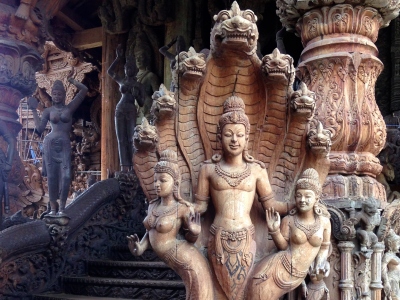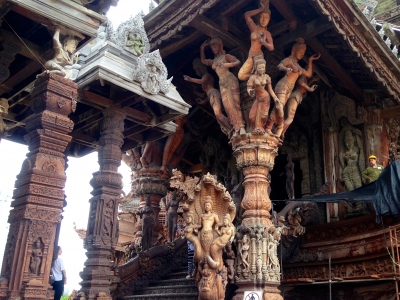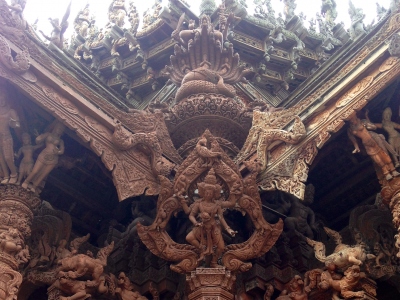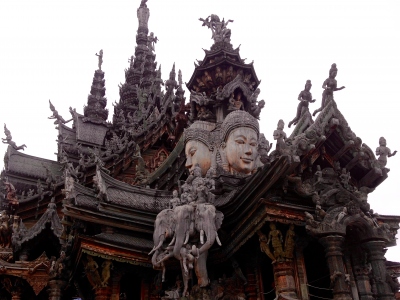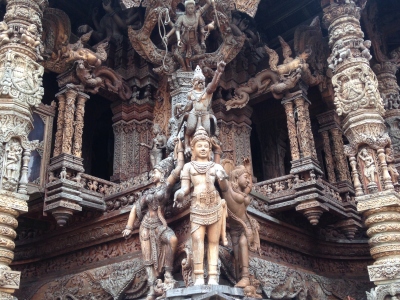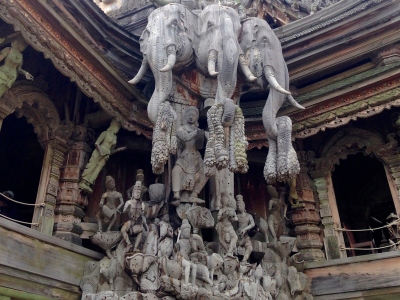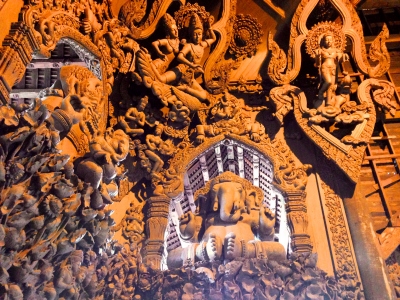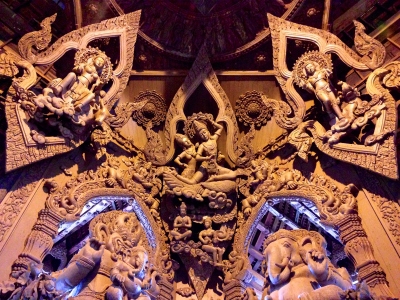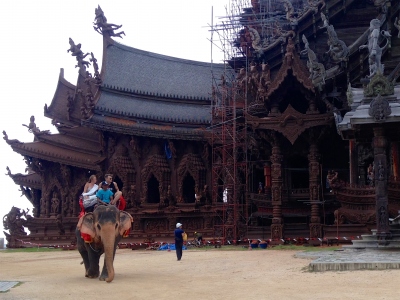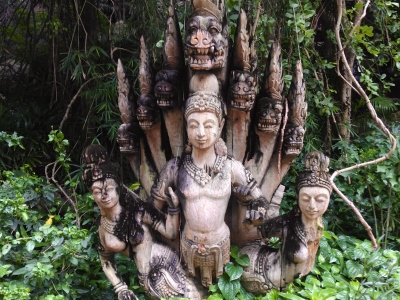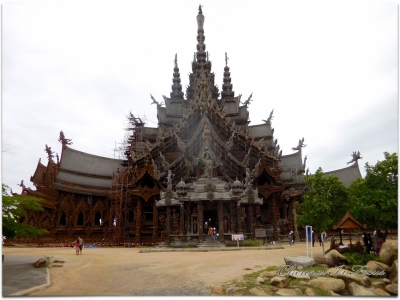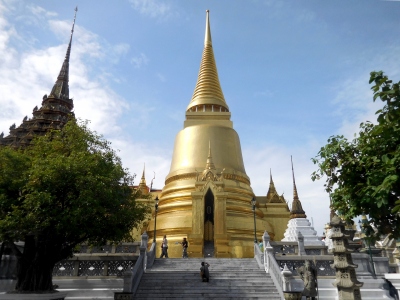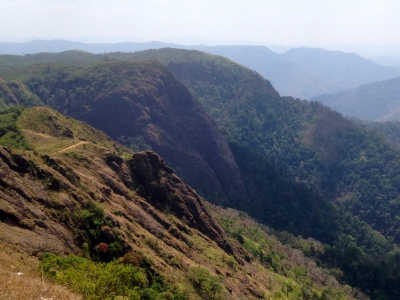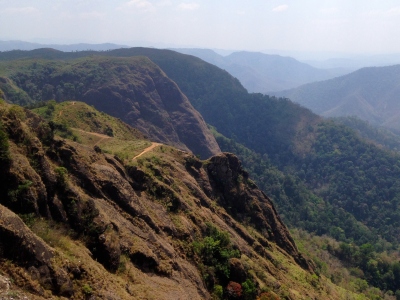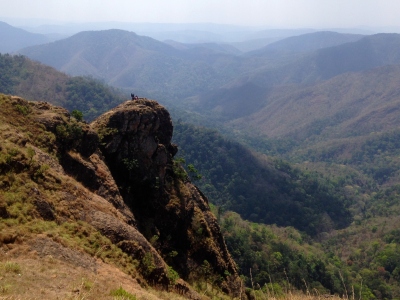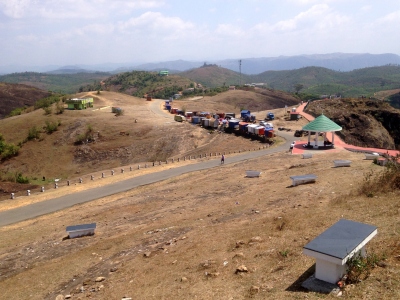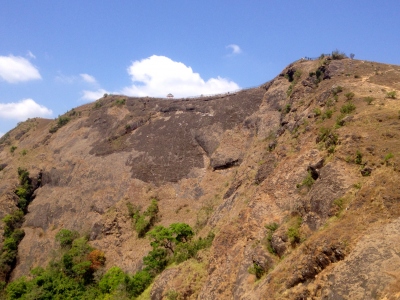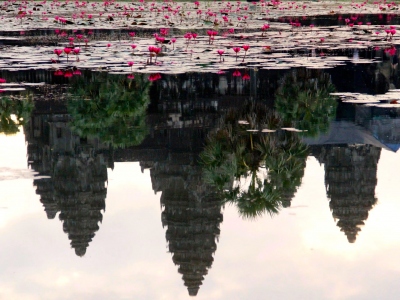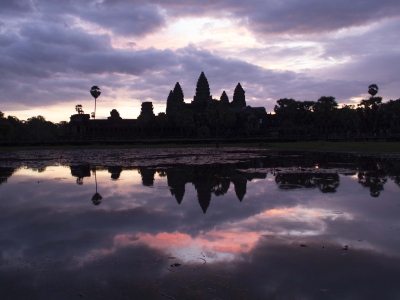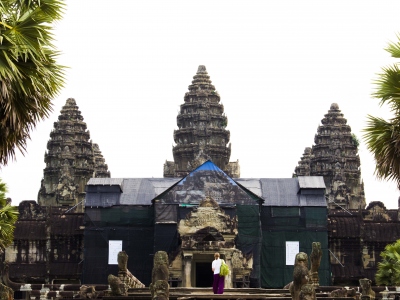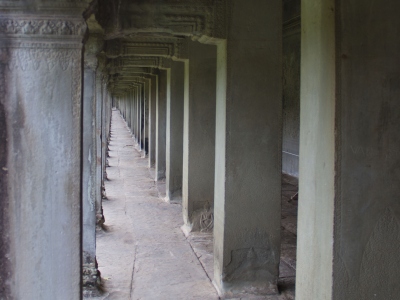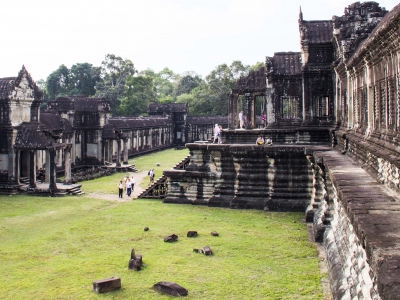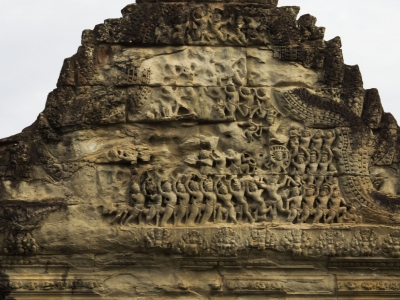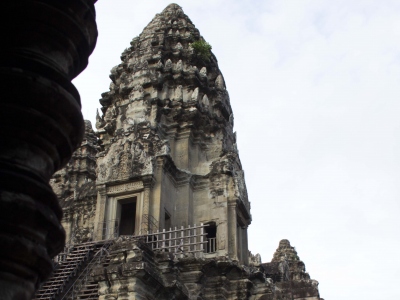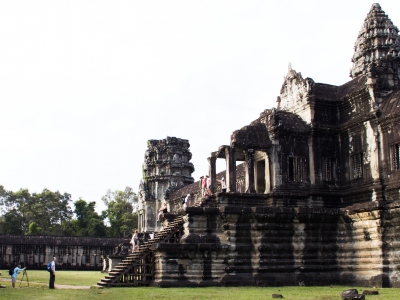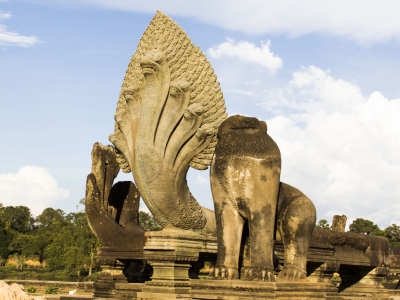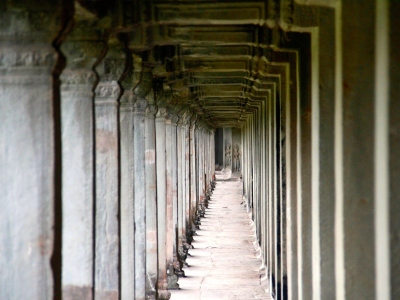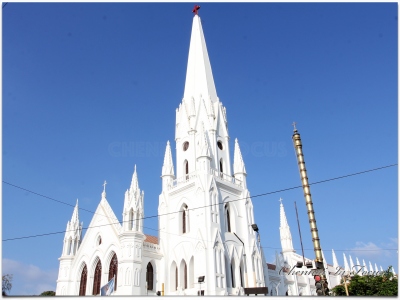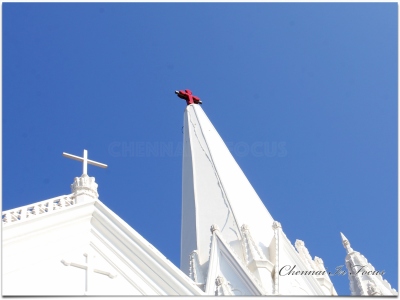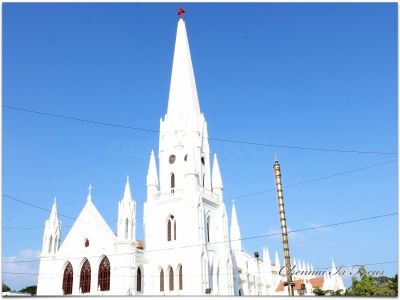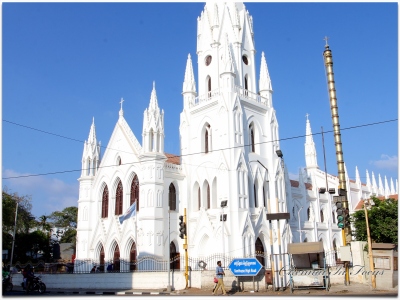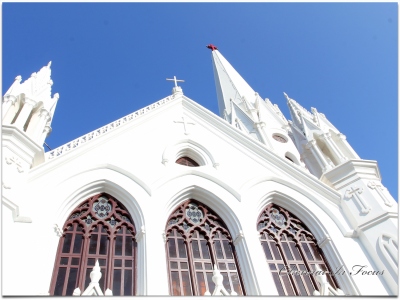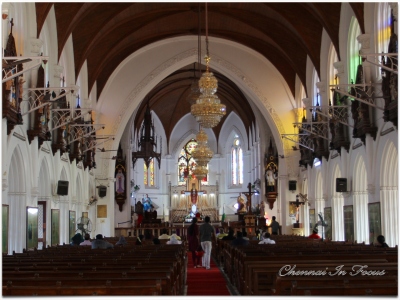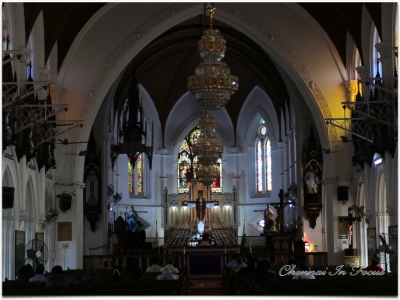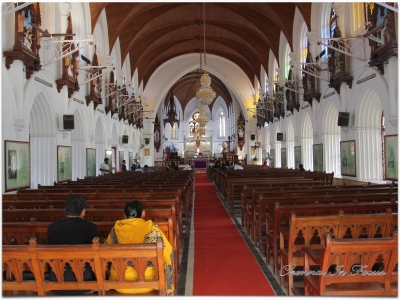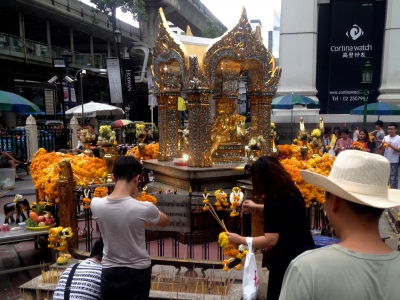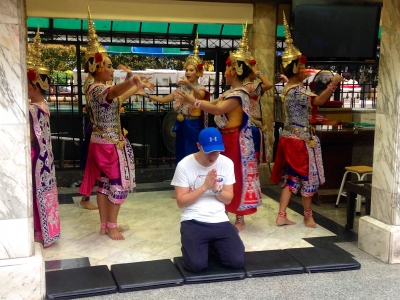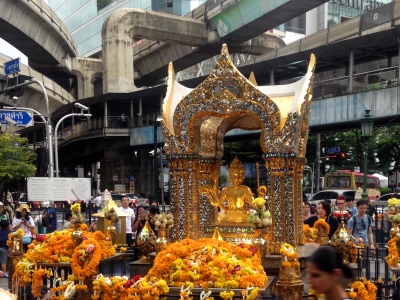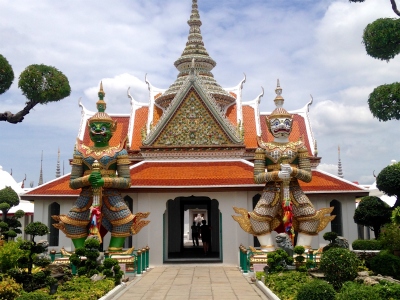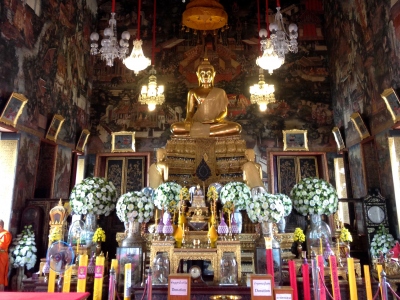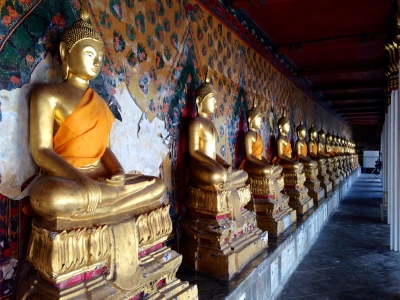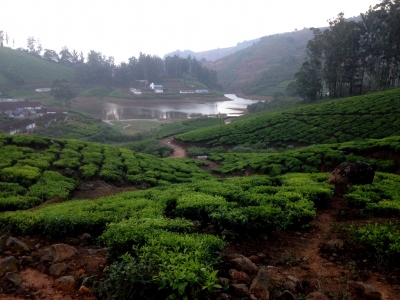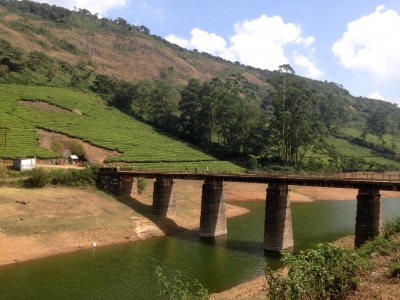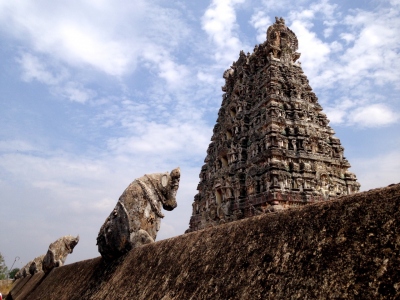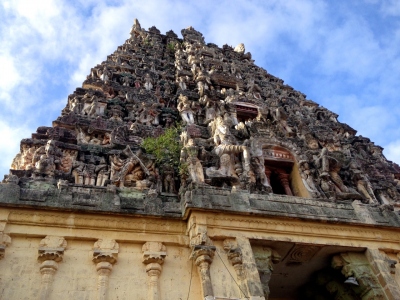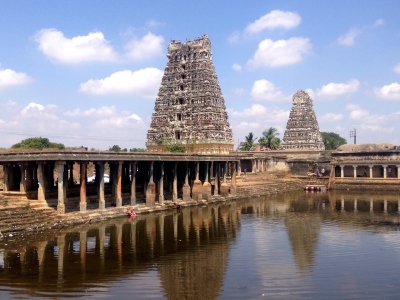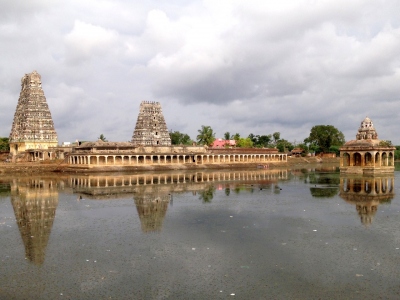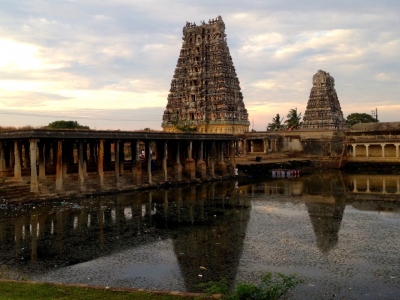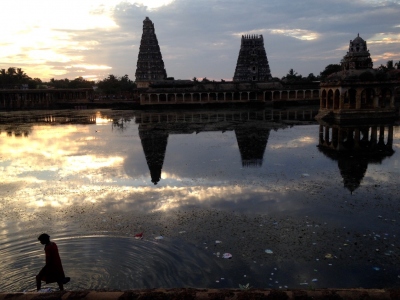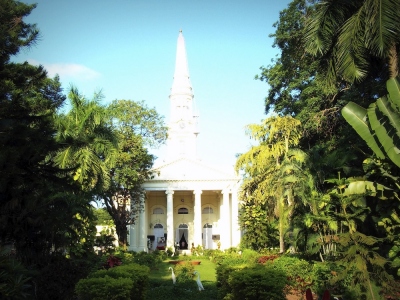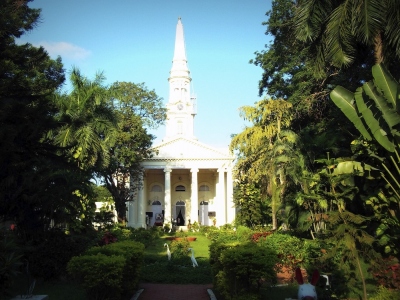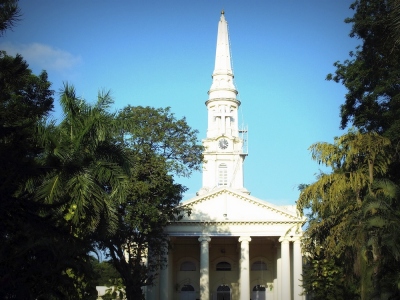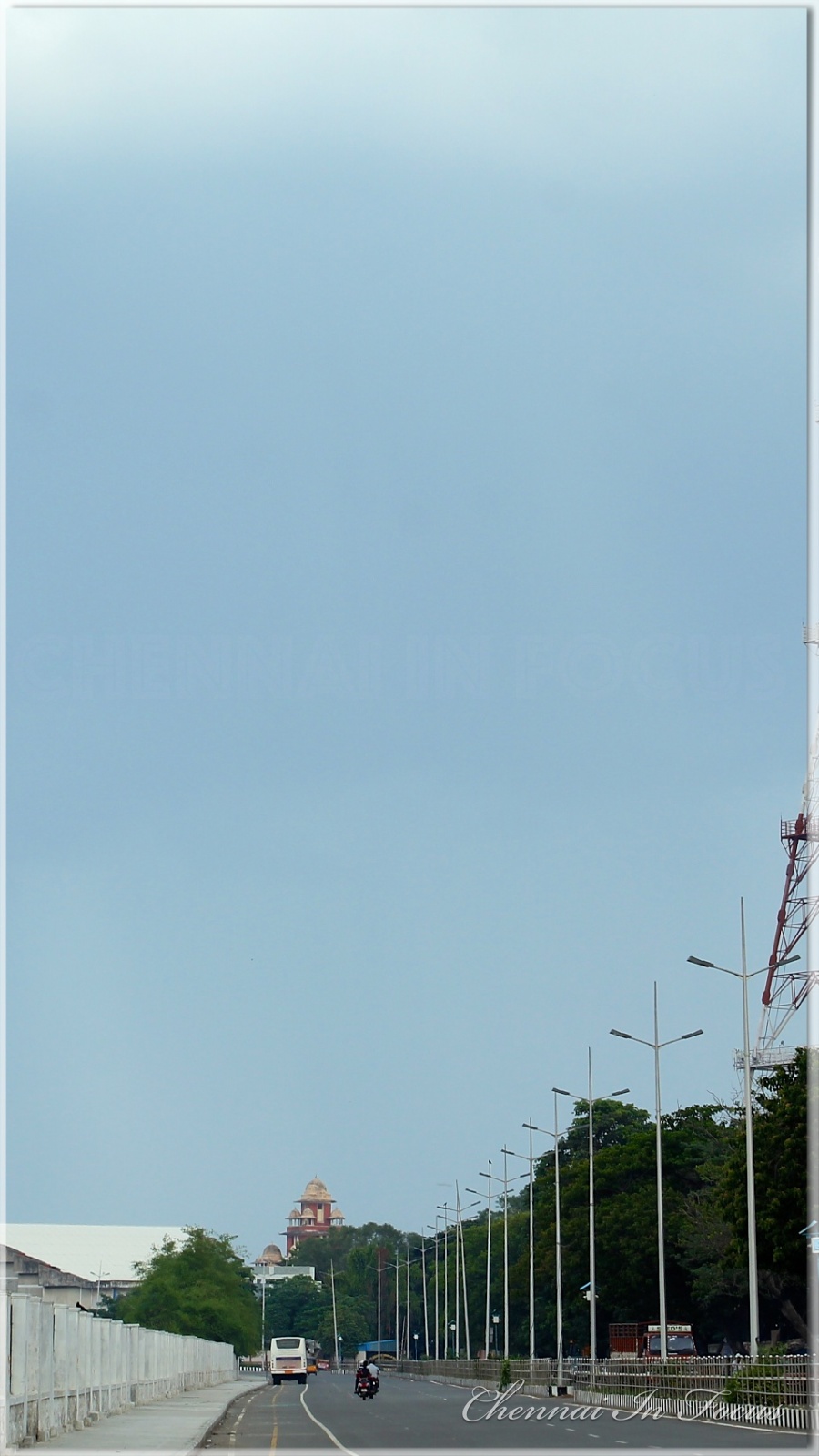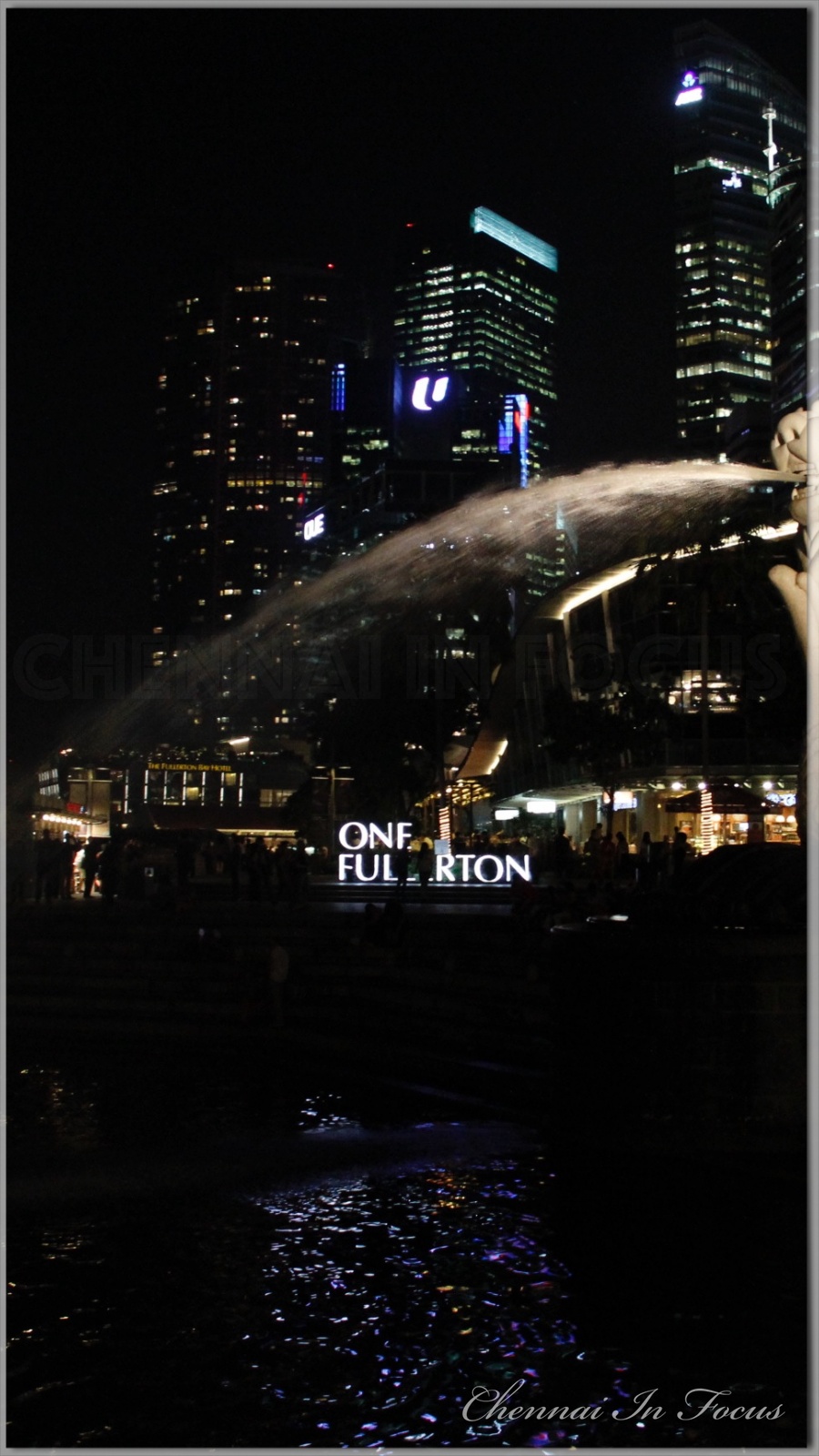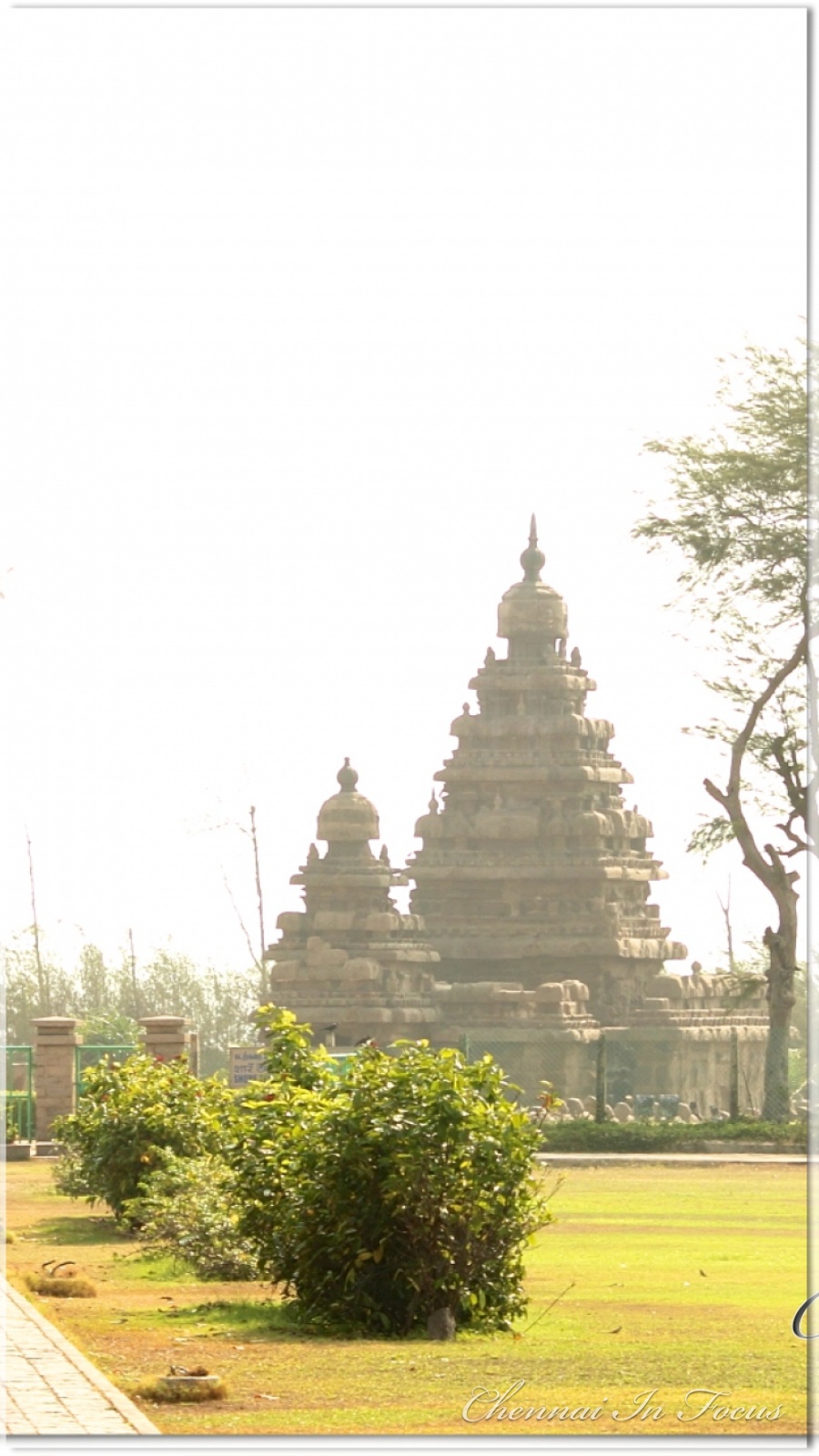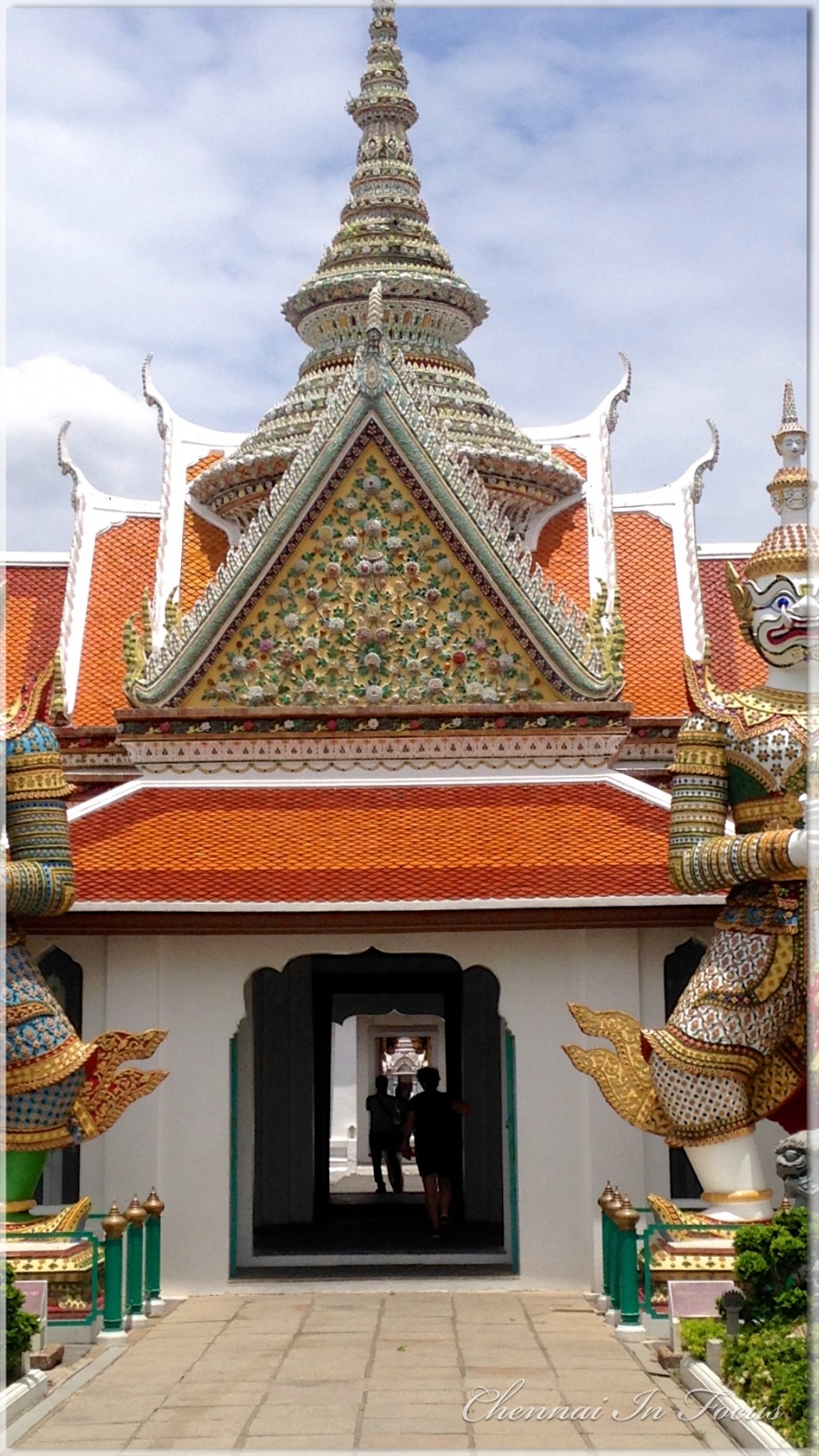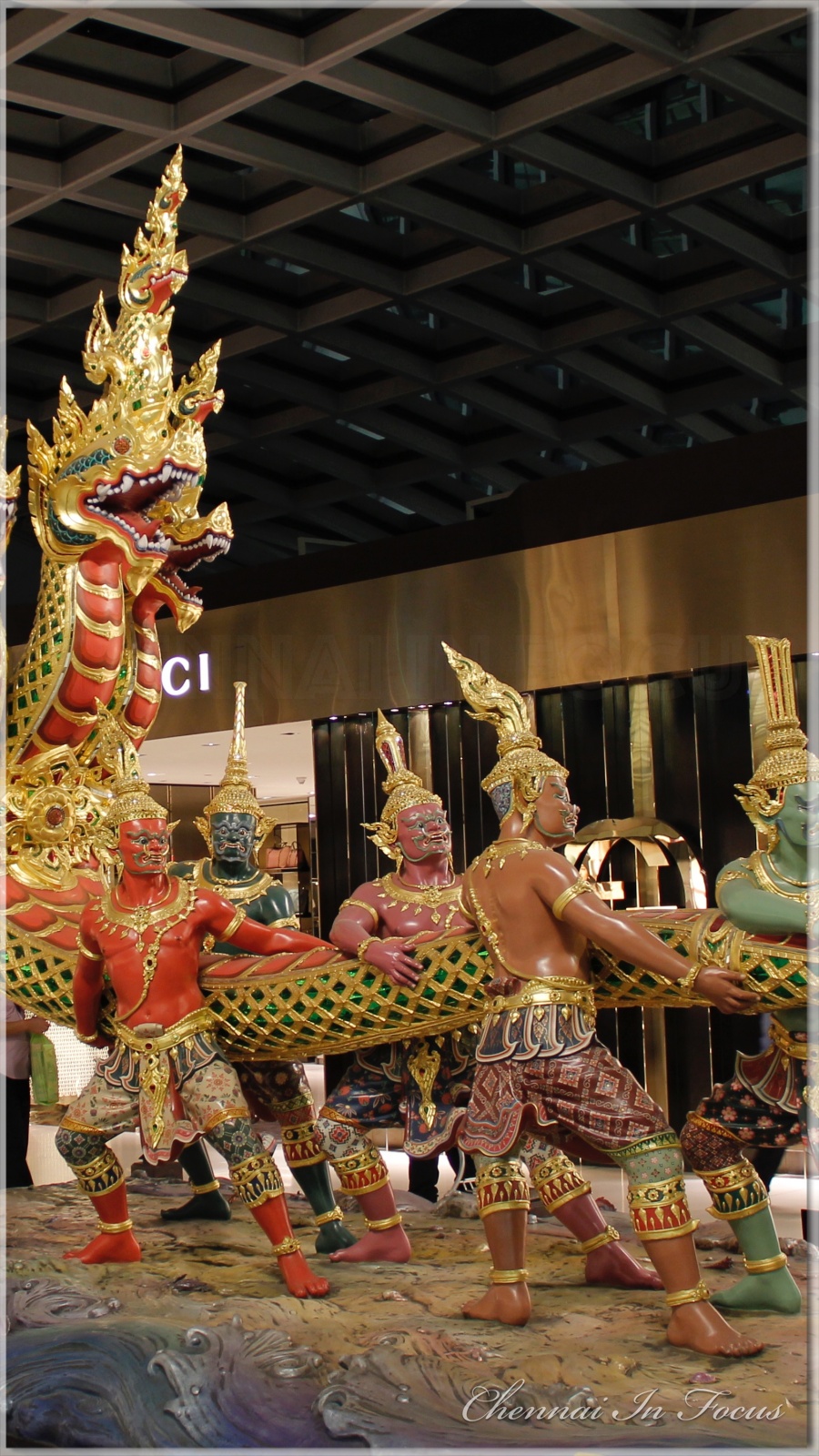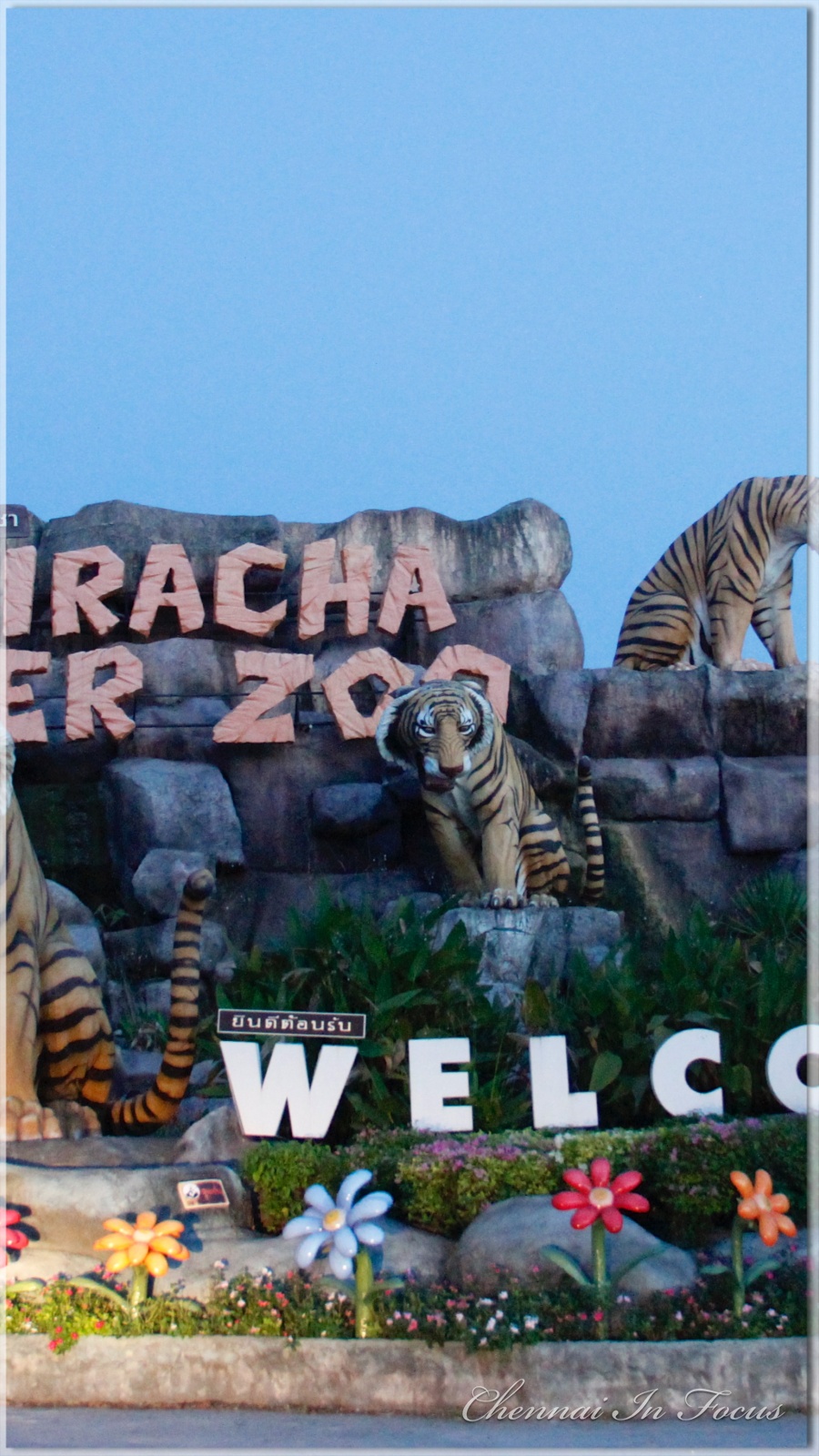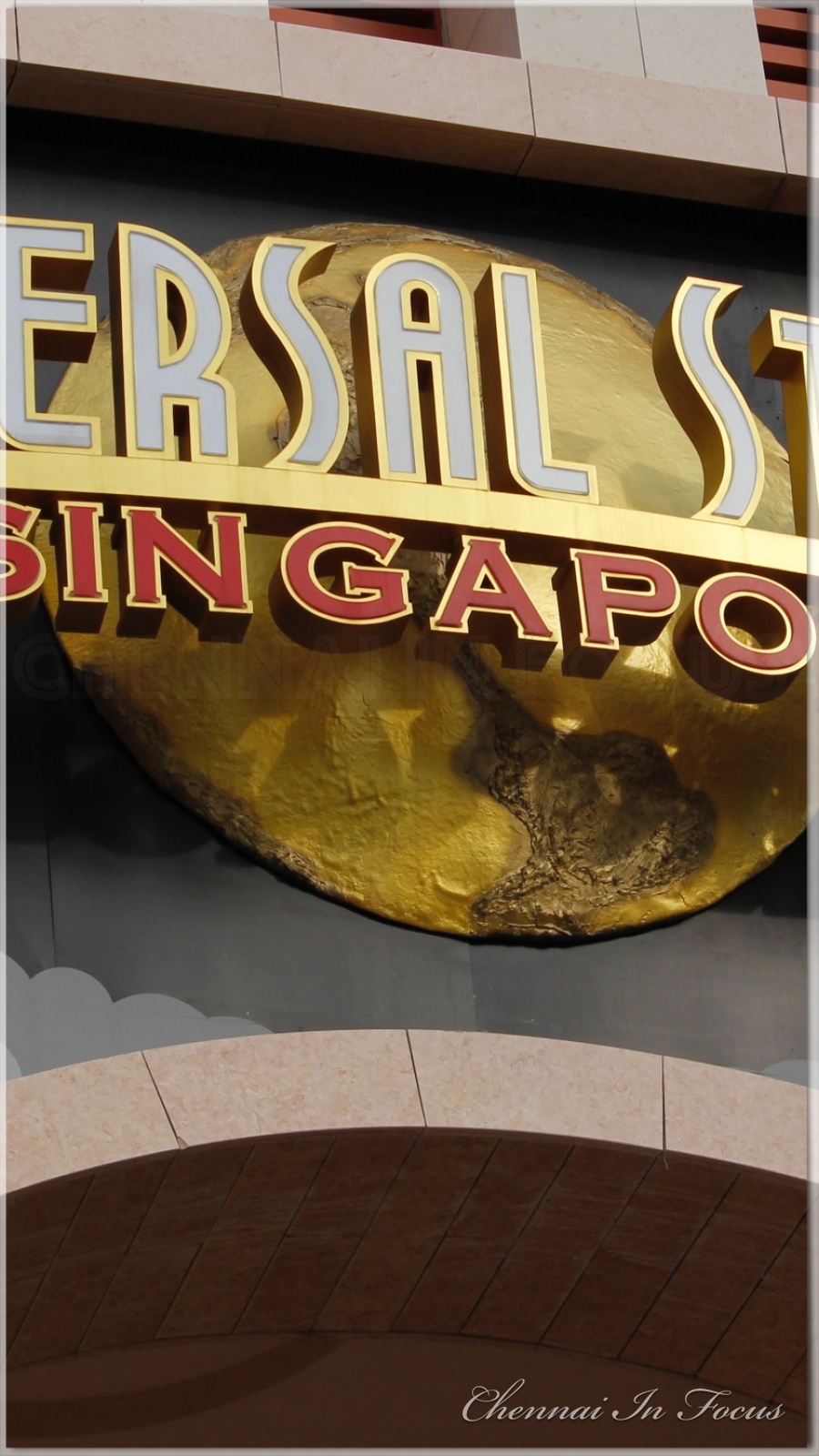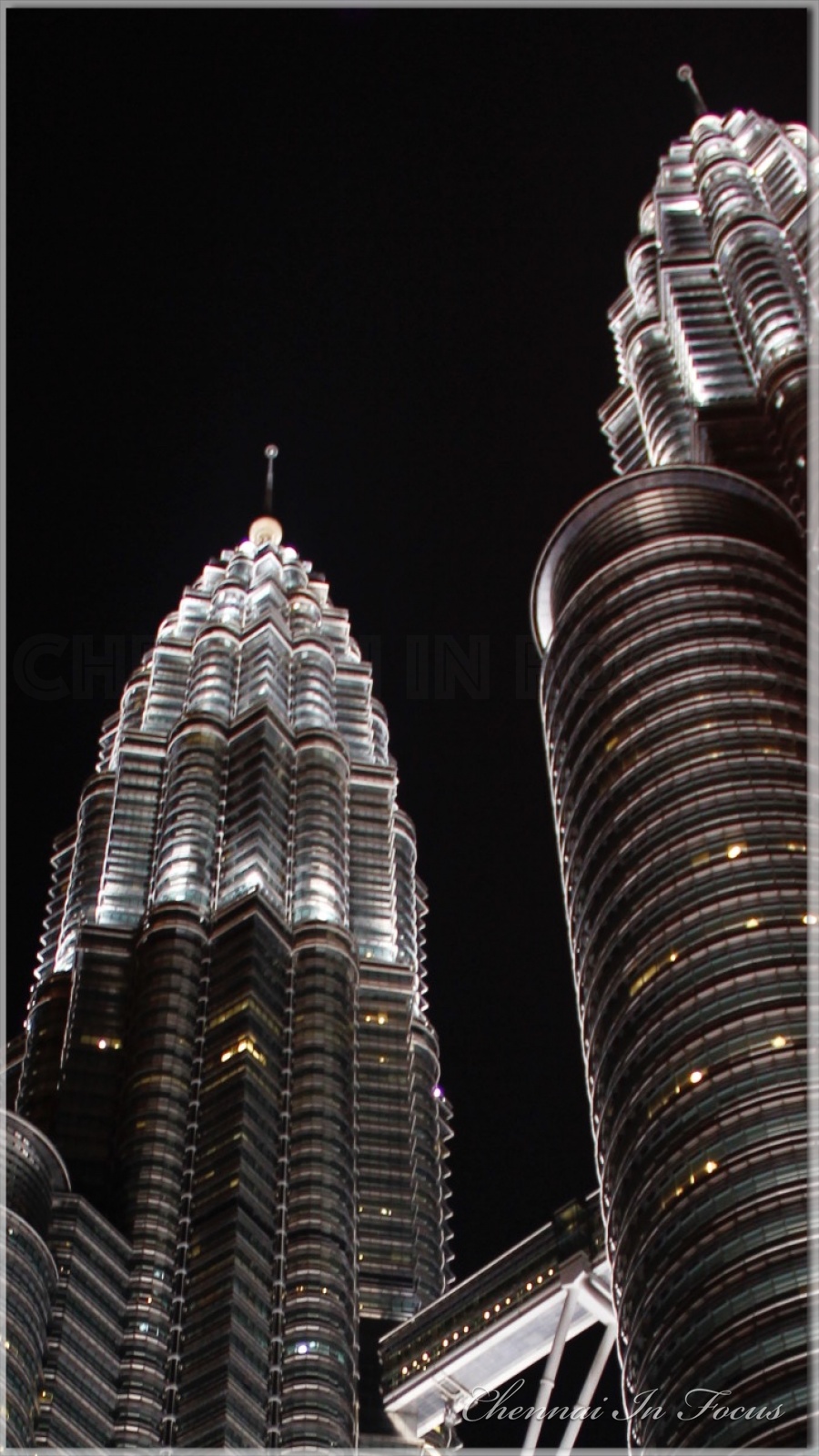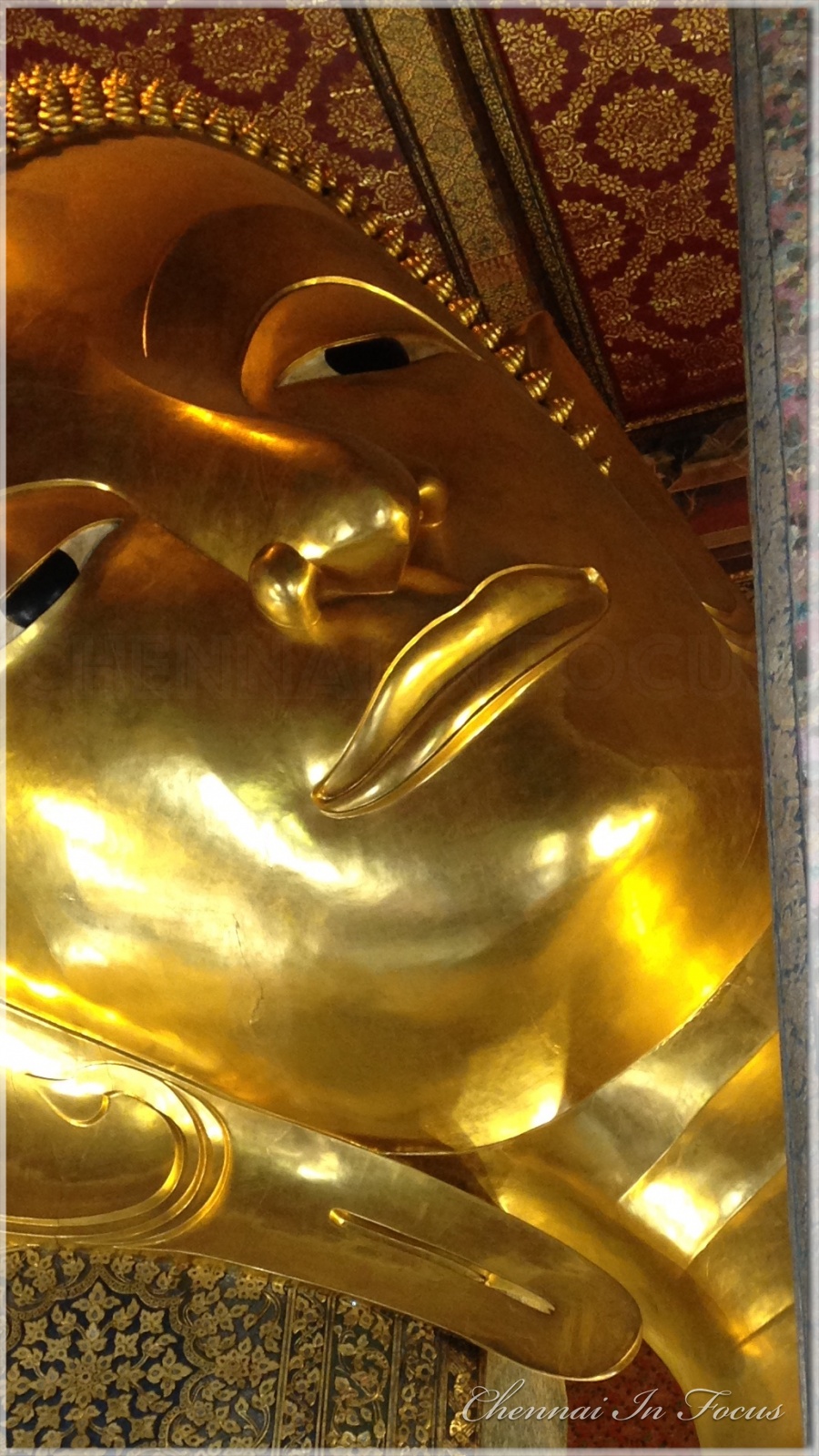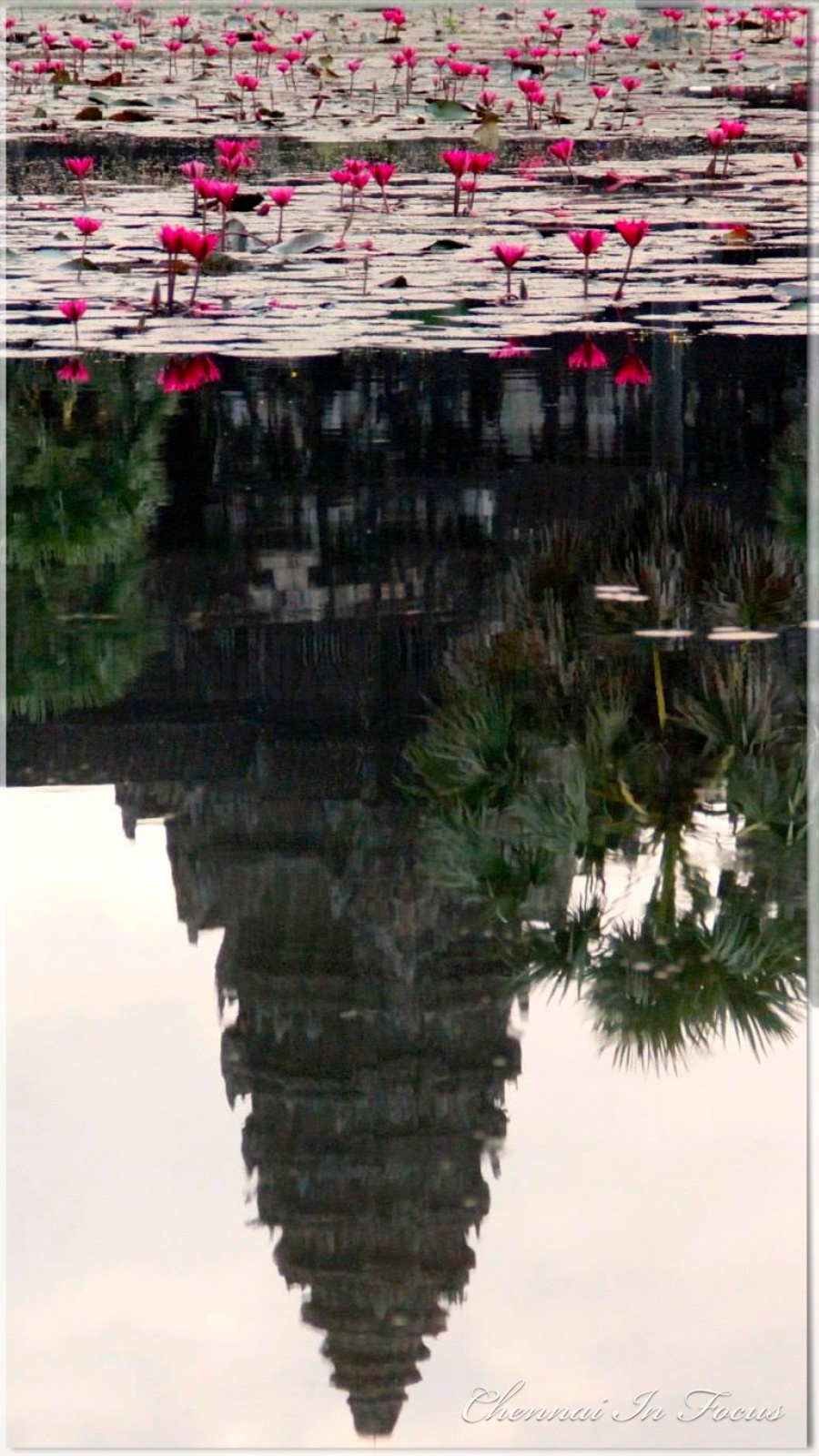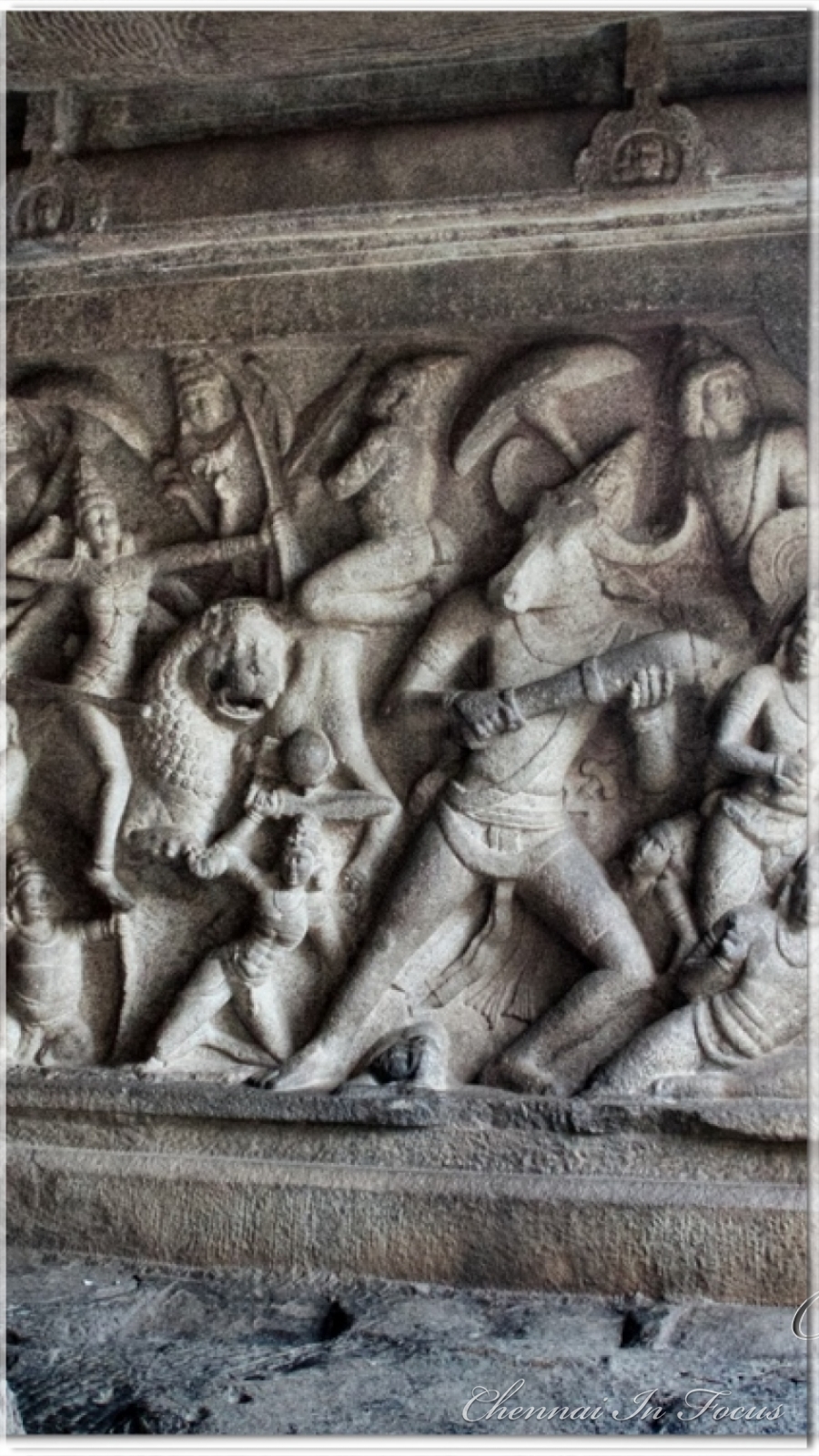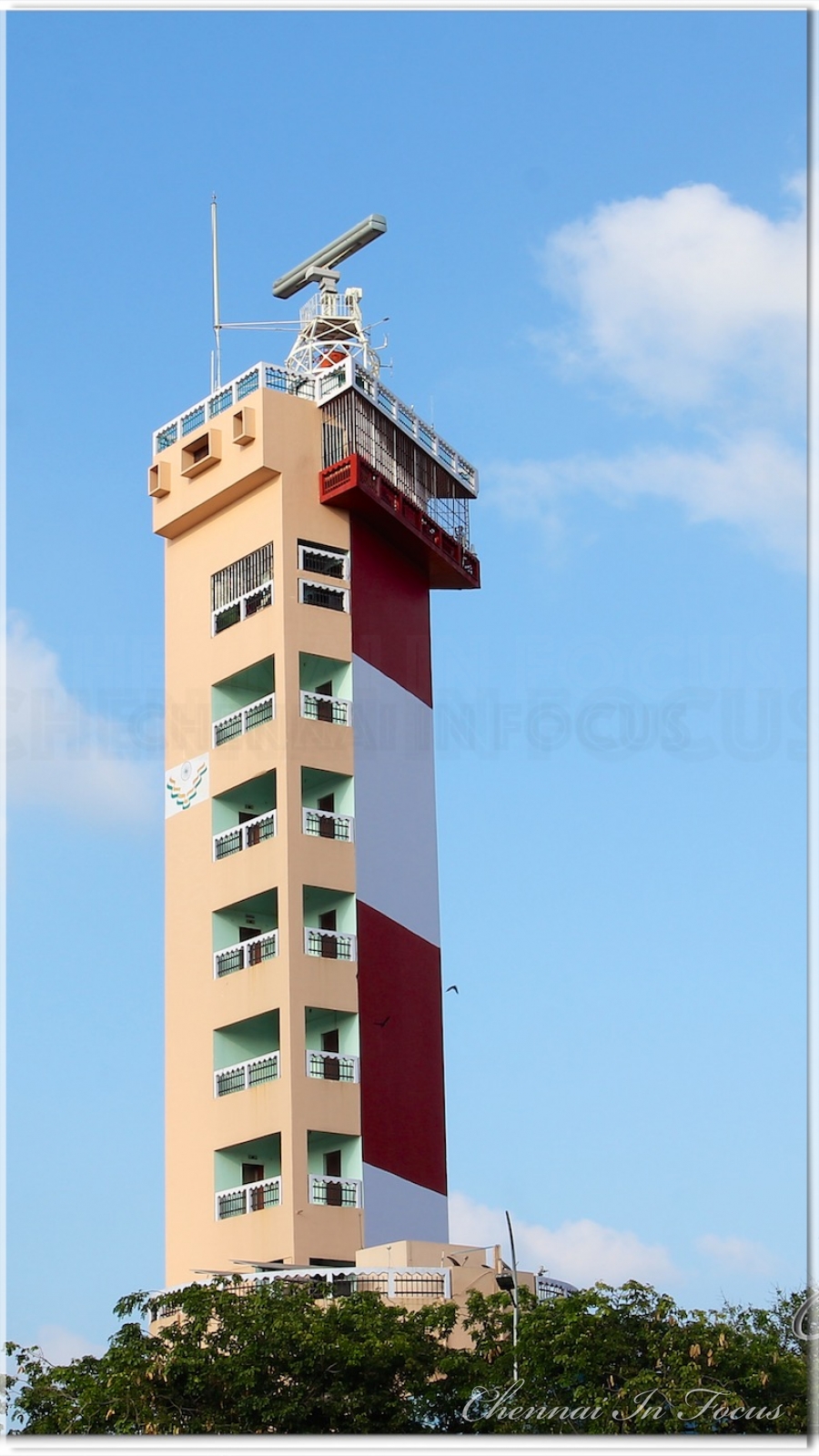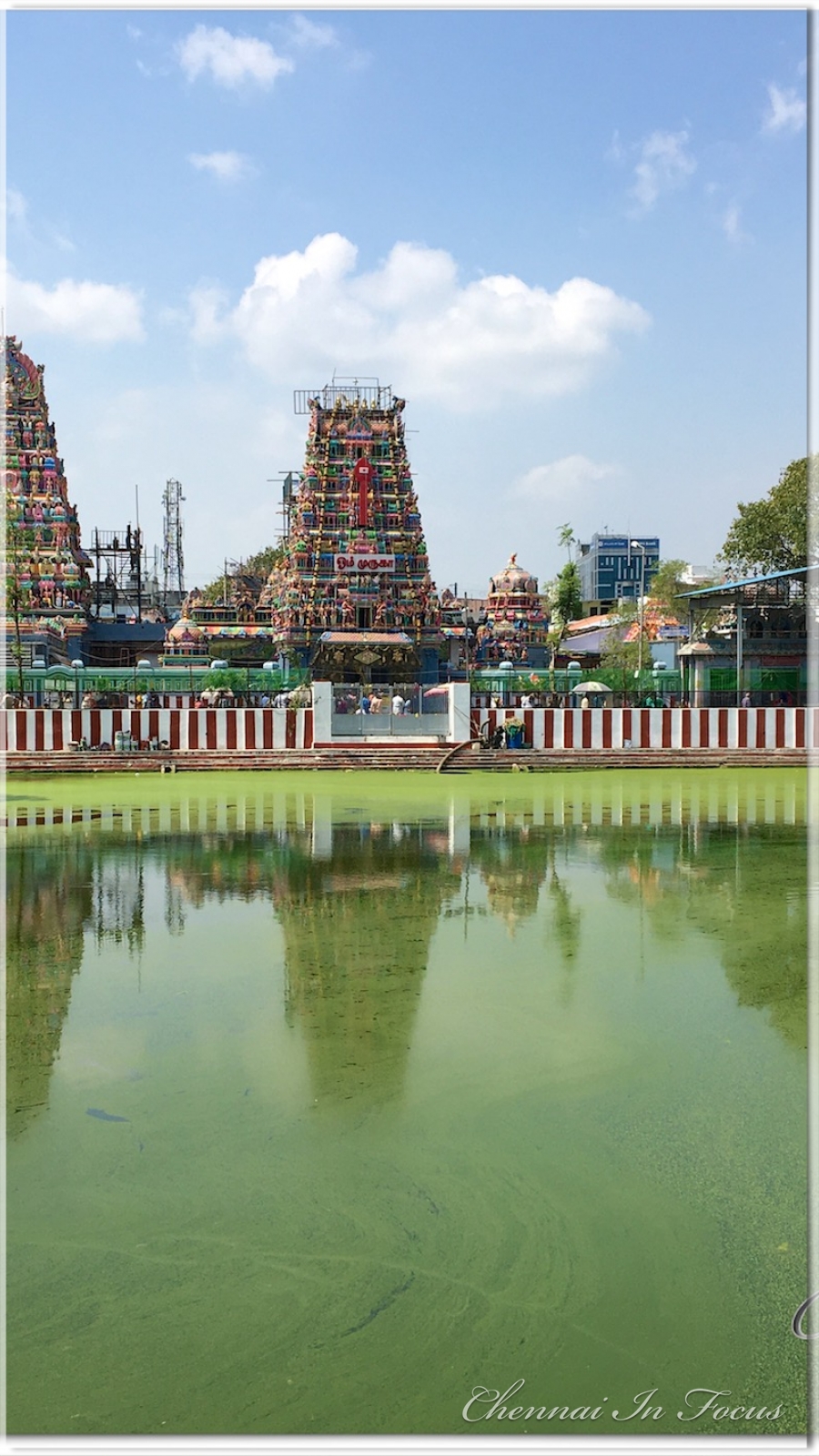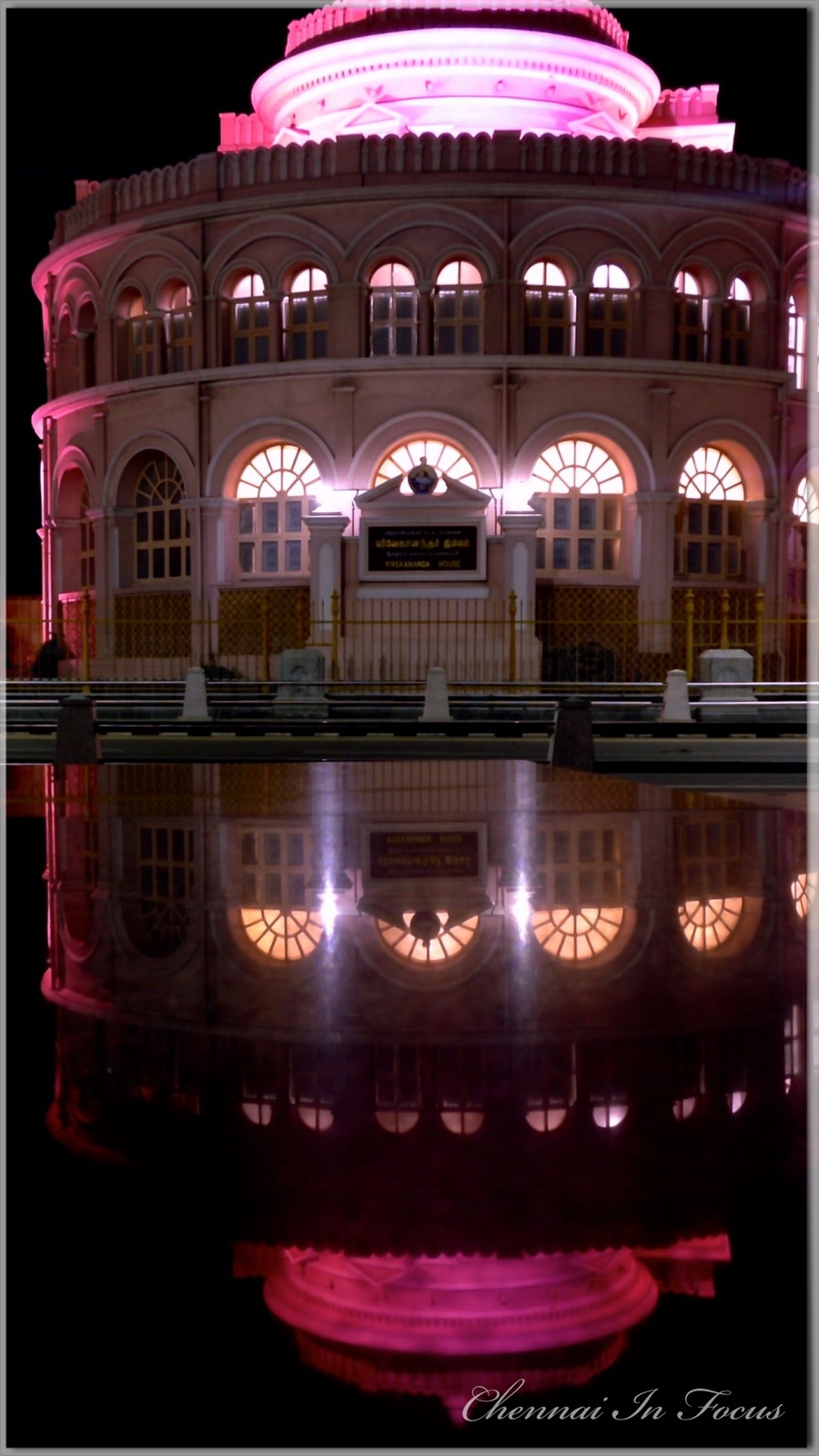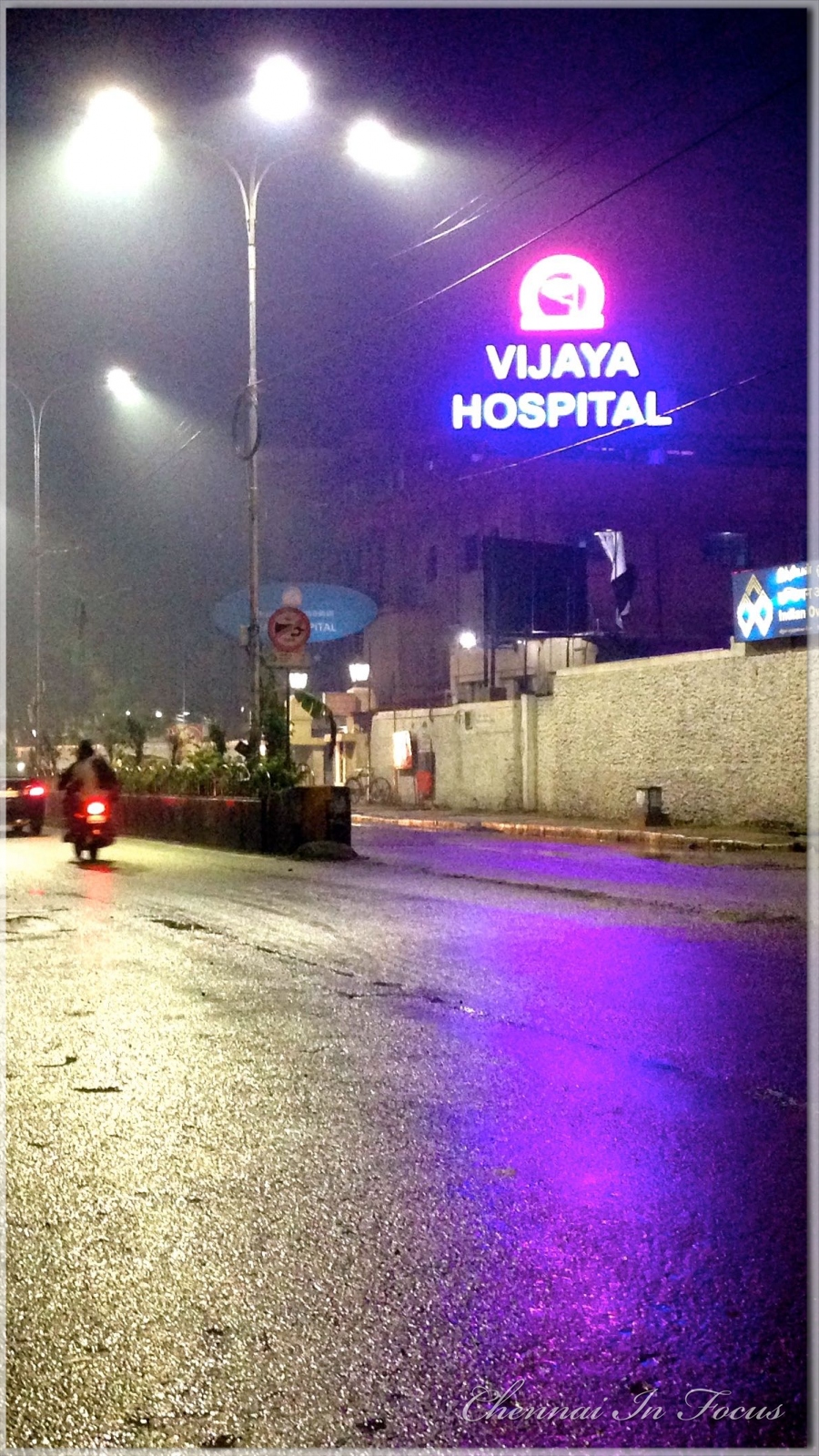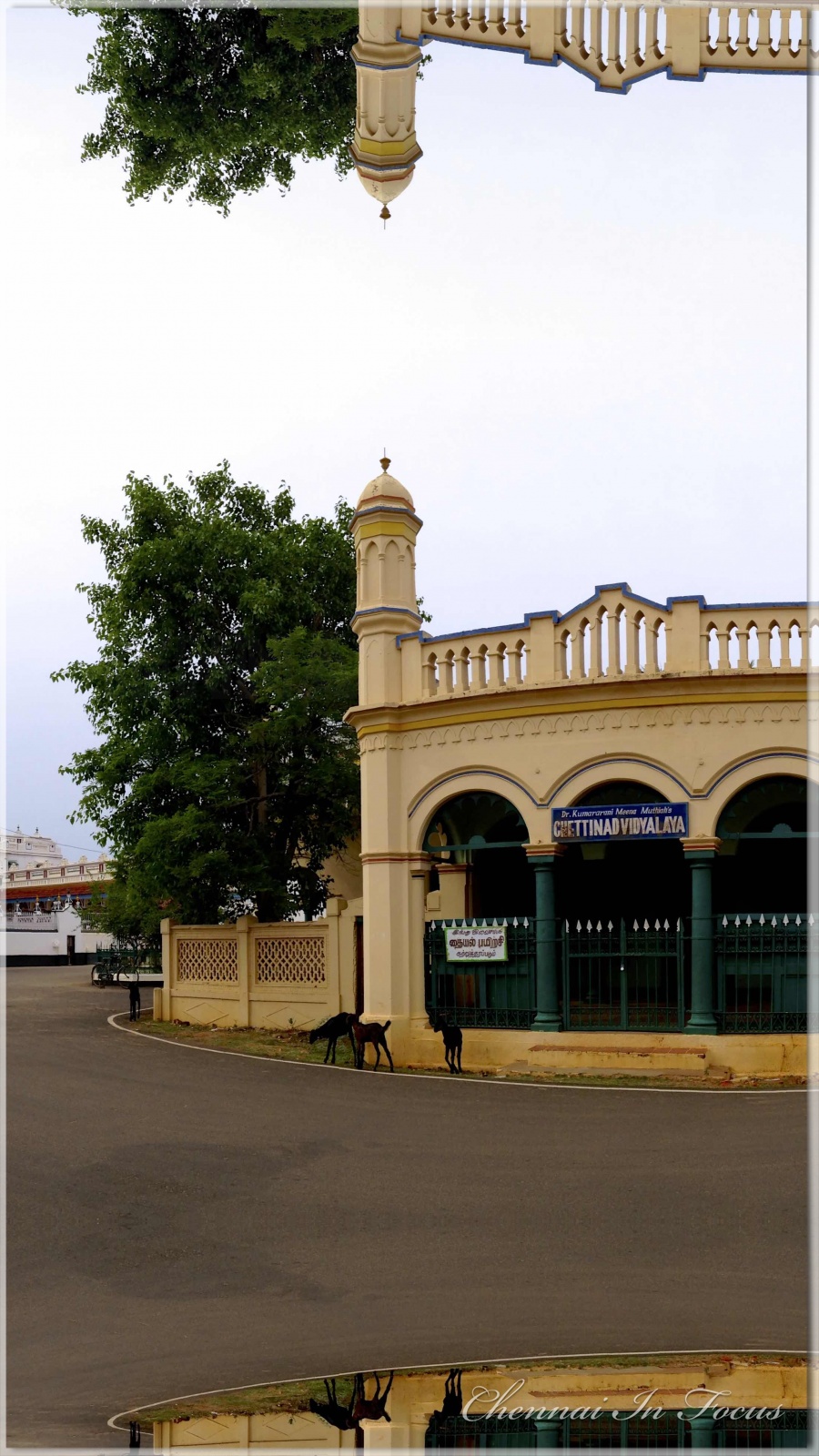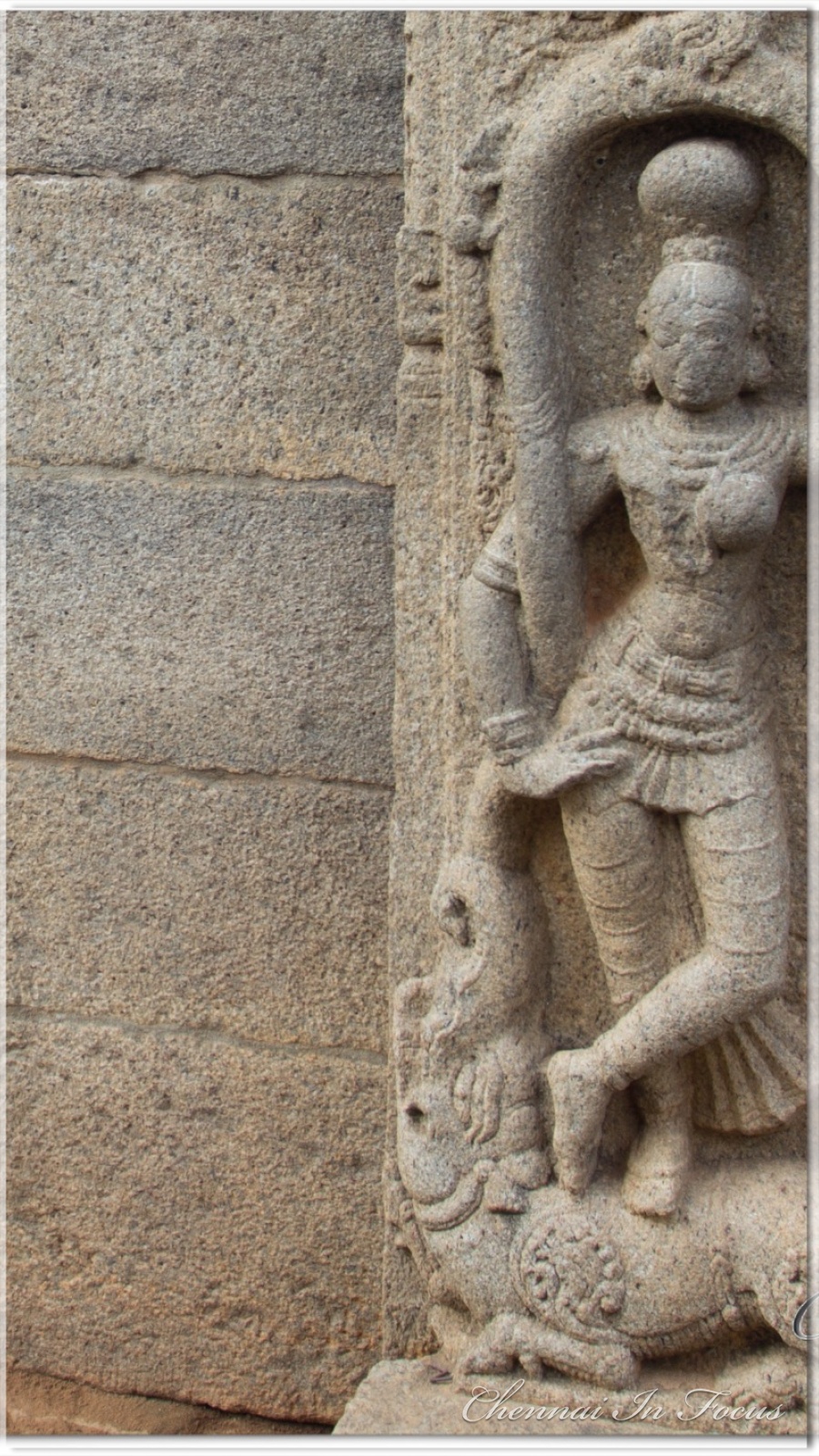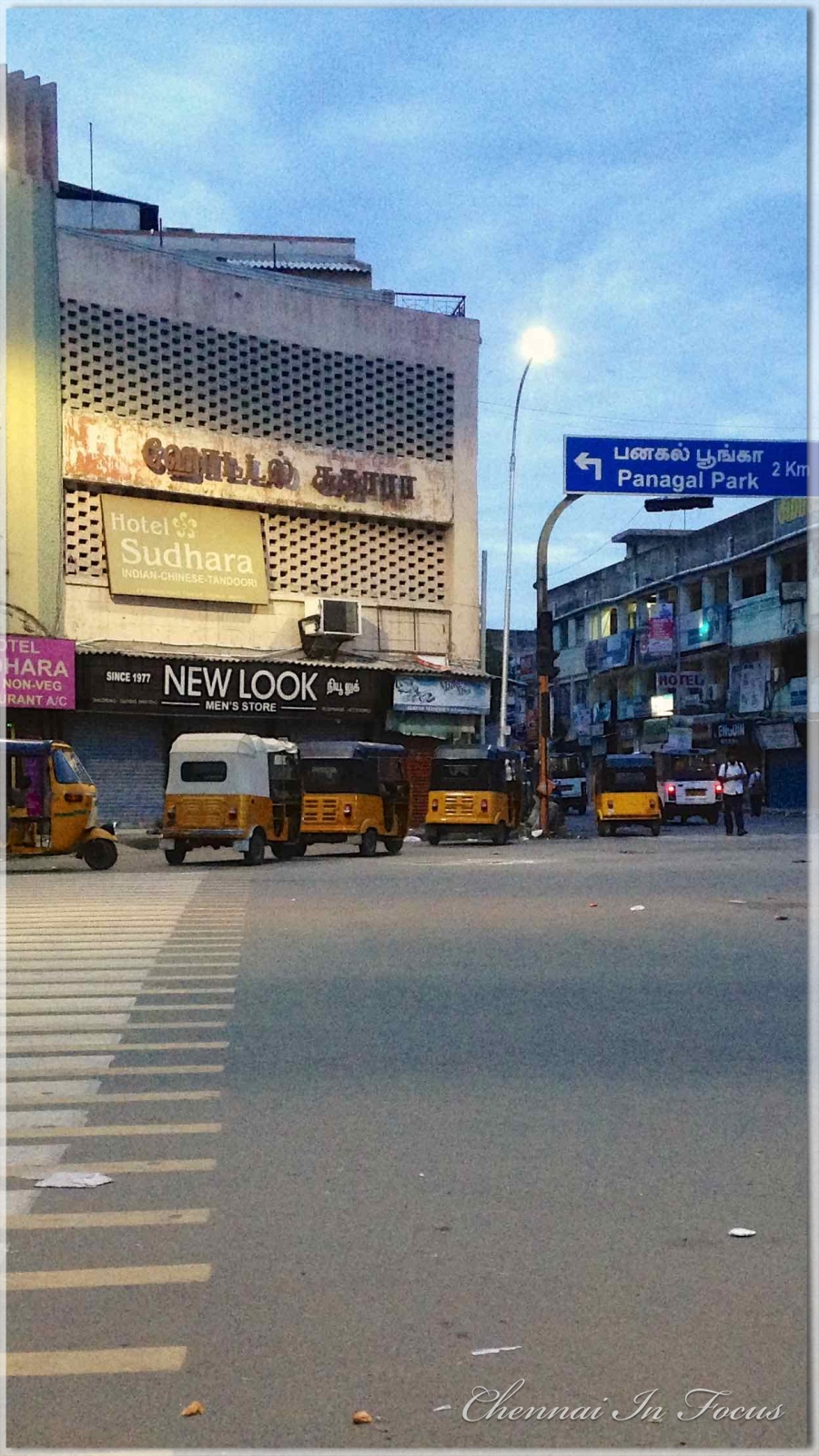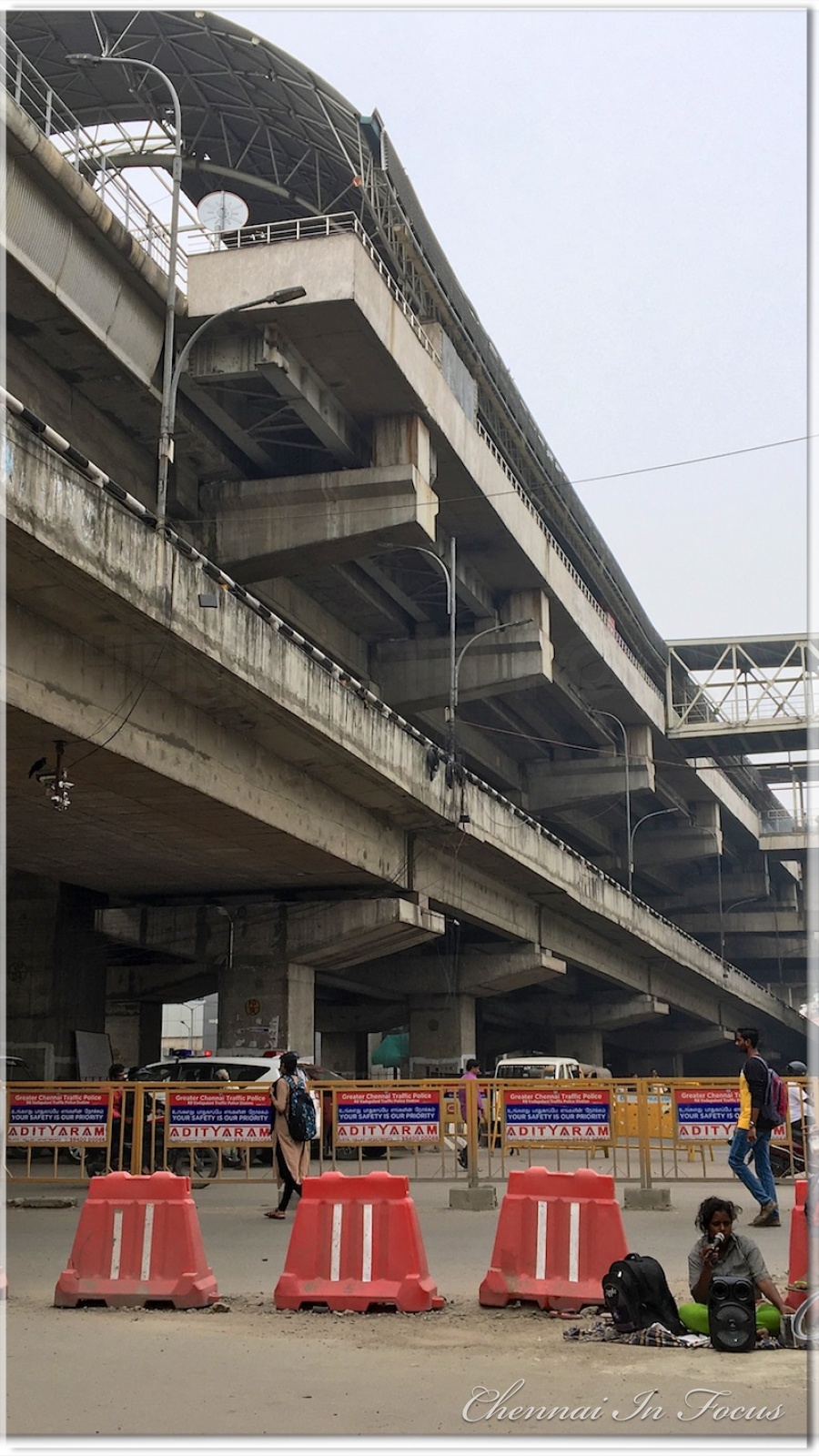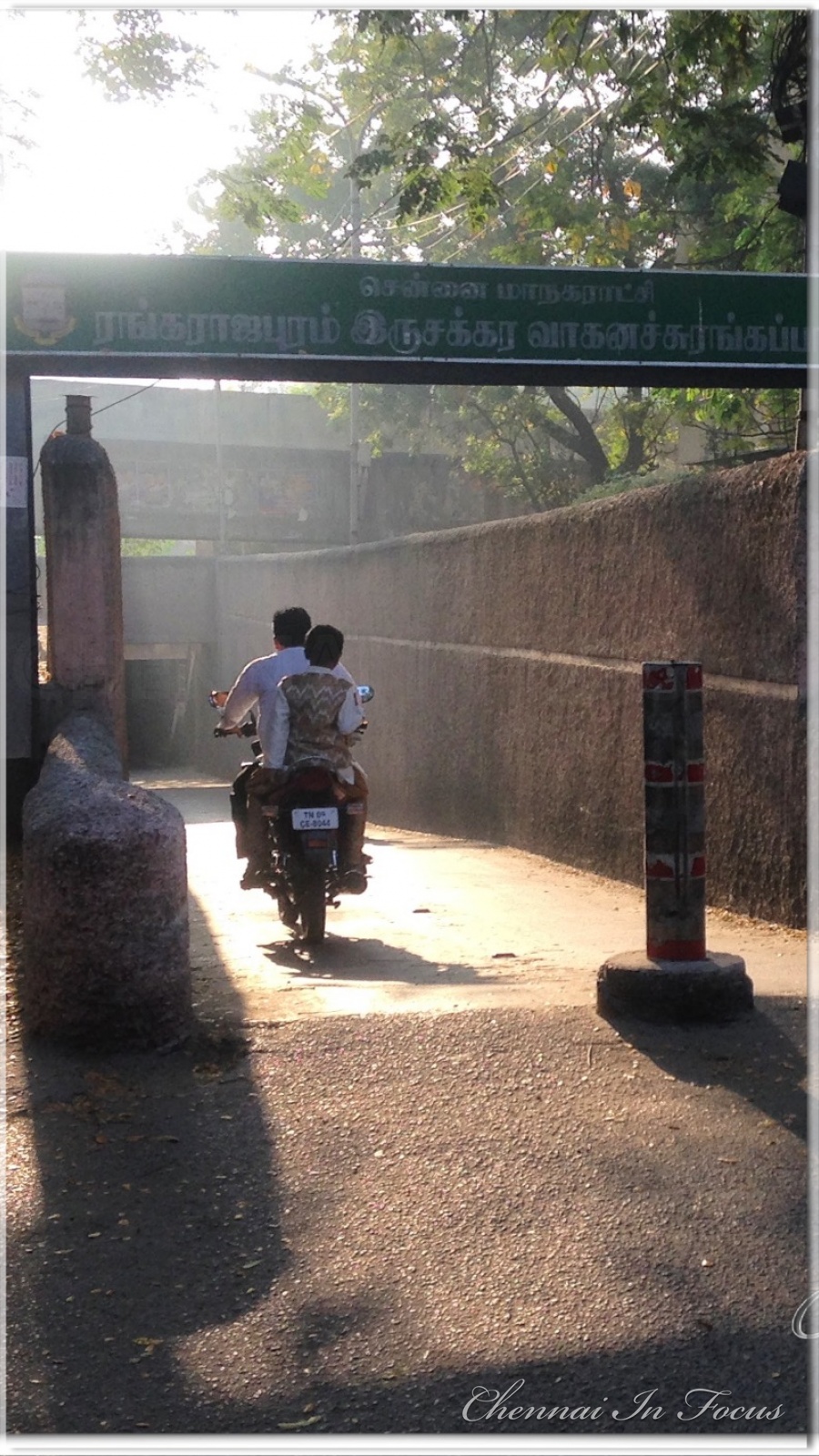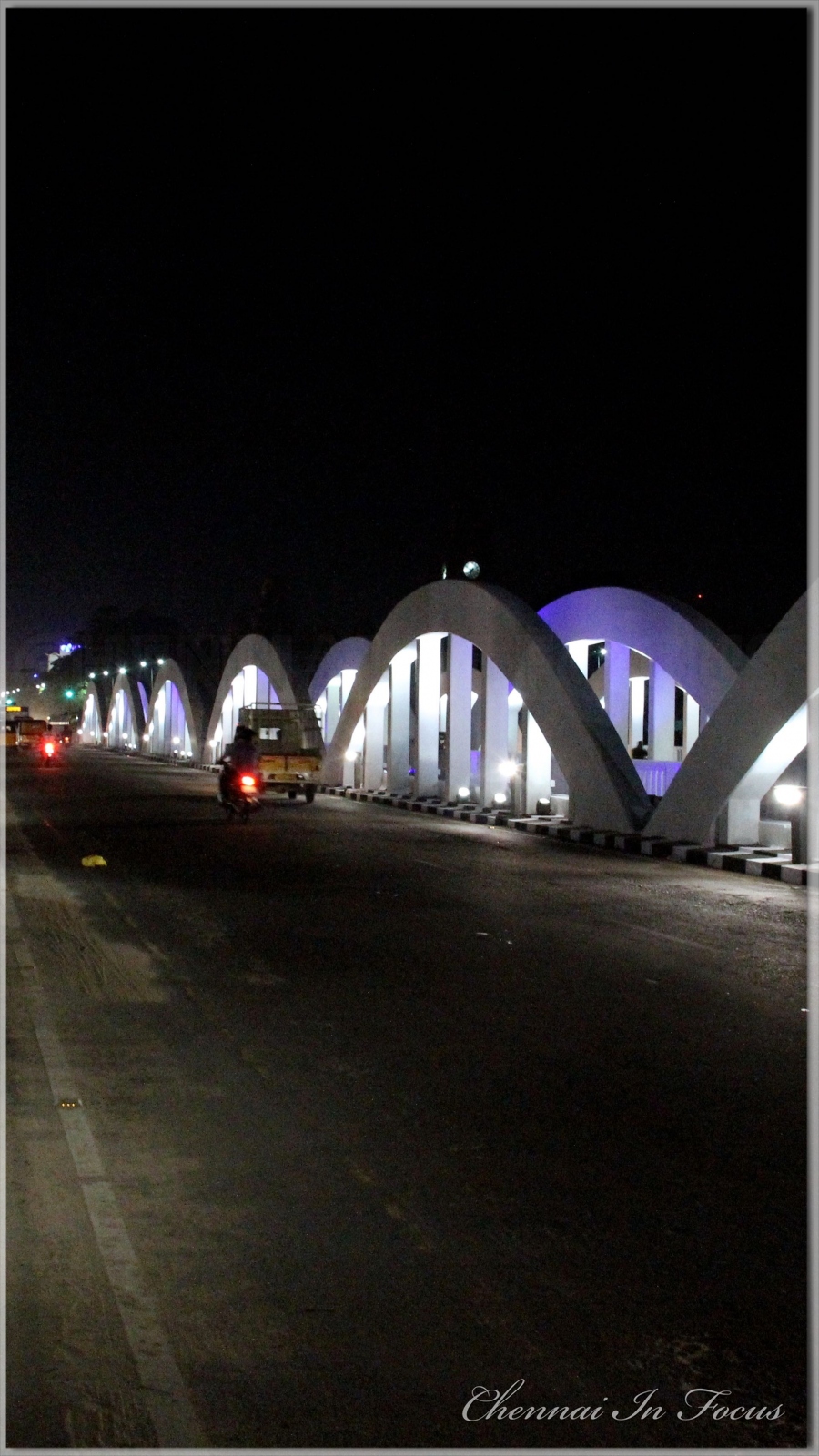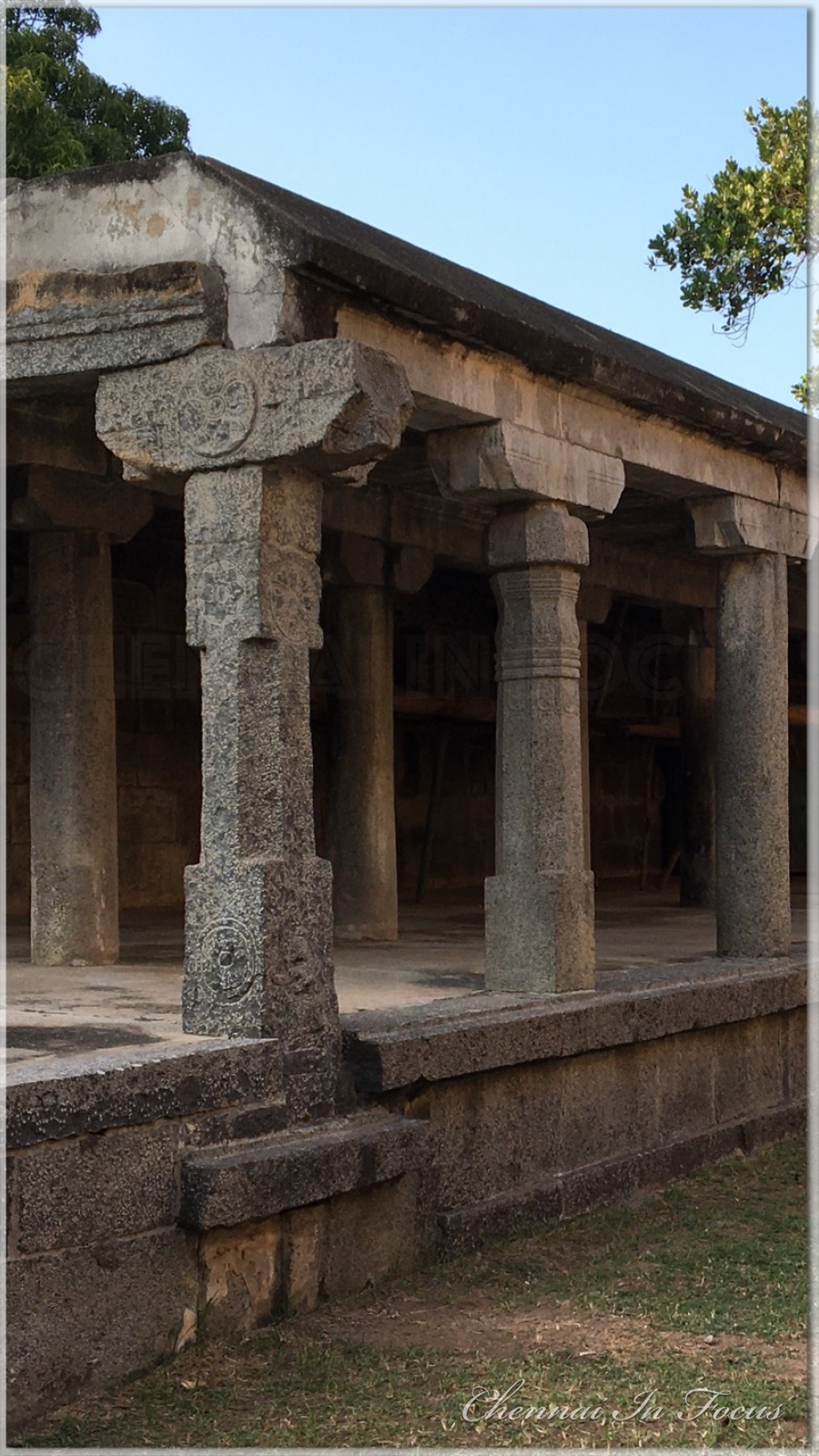Religious
Religion is a cultural system of designated behaviors and practices, morals, worldviews, texts, sanctified places, prophecies, ethics, or organizations, that relates humanity to supernatural, transcendental, or spiritual elements. However, there is no scholarly consensus over what precisely constitutes a religion.
Sanctuary of Truth
The Sanctuary of Truth is perhaps the most iconic structure in Pattaya. Intricately carved entirely from teak wood, the awe-inspiring 105-meter-tall hall on the headland to the north of Wongamat Beach is a one-of-a-kind structure in the whole world. Neither temple nor palace, despite looking like a hybrid of both, it was commissioned by a local business tycoon to act as a place of appreciation for philosophy, art, culture, and faith, without being tied to a single religion.
The Grand Palace
The Grand Palace are a complex of buildings at the heart of Bangkok, Thailand. The palace has been the official residence of the Kings of Siam since 1782. The king, his court, and his royal government were based on the grounds of the palace until 1925.
Parunthumparai
Parunthumpara is a village in the Indian state of Kerala's Idukki District. It is a small scenic location near Wagamon en route to Peerumedu. Parunthin Para also known as 'Parunthumpara' (the eagle rock). From here, the Makarajyothi of Sabarimala is visible. The main attractions of Parunthumpara are Suicide Point and Tagor Head (a rock that appears to have the shape of Tagor, an Indian poet's, head). A nearby tourist spot is Thekkady.
Angkor Wat
Angkor Wat (Khmer: អង្គរវត្ត or "Capital Temple") is a temple complex in Cambodia and the largest religious monument in the world, with the site measuring 162.6 hectares (1,626,000 m2; 402 acres). It was originally constructed as a Hindu temple of god Vishnu for the Khmer Empire, gradually transforming into a Buddhist temple toward the end of the 12th century. It was built by the Khmer King Suryavarman II in the early 12th century in Yaśodharapura (Khmer: យសោធរបុរៈ, present-day Angkor), the capital of the Khmer Empire, as his state temple and eventual mausoleum.
San Thome Church
San Thome Church, also known as St. Thomas Cathedral Basilica and National Shrine of Saint Thomas is a Roman Catholic minor basilica in Santhome, in the city of Chennai (Madras), India. It was built in the 16th century by Portuguese explorers, over the tomb of Saint Thomas, one of the twelve apostles of Jesus. In 1893, it was rebuilt as a church with the status of a cathedral by the British. The British version still stands today. It was designed in Neo-Gothic style, favored by British architects in the late 19th century.
Erawan Shrine
The Erawan Shrine, formally the Thao Maha Phrom Shrine, is a shrine in Bangkok, Thailand which houses a statue of Phra Phrom, the Thai representation of Brahma, the Hindu god of creation.
Wat Arun
Wat Arun Ratchawararam Ratchawaramahawihan (Thai: วัดอรุณราชวราราม ราชวรมหาวิหาร) or Wat Arun (Thai pronunciation: [wát ʔarun], "Temple of Dawn") is a Buddhist temple (wat) in Bangkok Yai district of Bangkok, Thailand, on the Thonburi west bank of the Chao Phraya River. The temple derives its name from the Hindu god Aruna, often personified as the radiations of the rising sun. Wat Arun is among the best known of Thailand's landmark.
Megamalai
Meghamalai,(Tamil:மேகமலை) popularly called Highwavys Mountains is a mountain range situated in the Western Ghats in Theni district, Tamil Nadu. It is dotted with cardamom plantations and tea estates. The place is situated at an elevation of 1,500 m above sea level and it is rich in flora and fauna. This area, now mostly planted with tea, includes Cloudlands, Highwavys, Venniar and Manalar estates, the access to which is now largely restricted. It still includes large untouched remnants of evergreen forest.
Payaraneeswarar
Once upon a time A trader carrying pepper told a lie that it was only pulse, fearing the high tax for pepper on those days. He paid a small tax for pulse and he moved on. Crossing the nearby town Vridhachalam, he found the pepper has turned into pulse. He understood that it was only a punishment imposed on him by the Lord of the Shiva, and offered worship there and got the pulse( Pulse is called as payar in tamil) back into pepper again. Hence the Lord of the shrine was called “Payaranee Nadhar or Payaraneeswarar” henceforth. The place was also called “Payaraneechuram”.
St. George's Cathedral
St. George’s Cathedral is a Christian cathedral in Chennai, India. St. George’s occupies an important place in the history of Christianity in India, as the Church of South India was inaugurated here on September 27, 1947. The Cathedral was packed to capacity and the big pandal outside held over 2000 people. It marked the breaking down of ecclesiastical barriers between Christians of various traditions.

